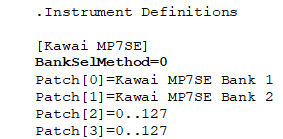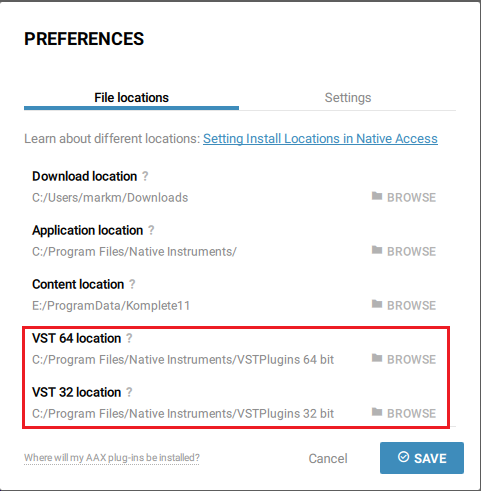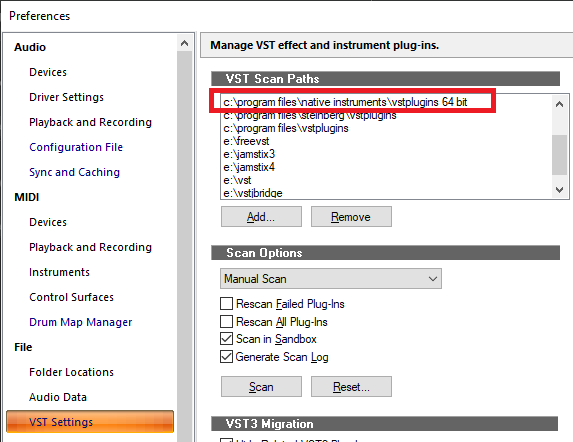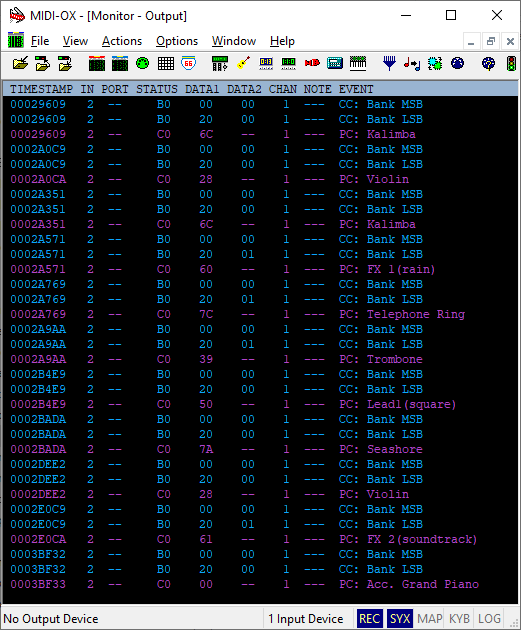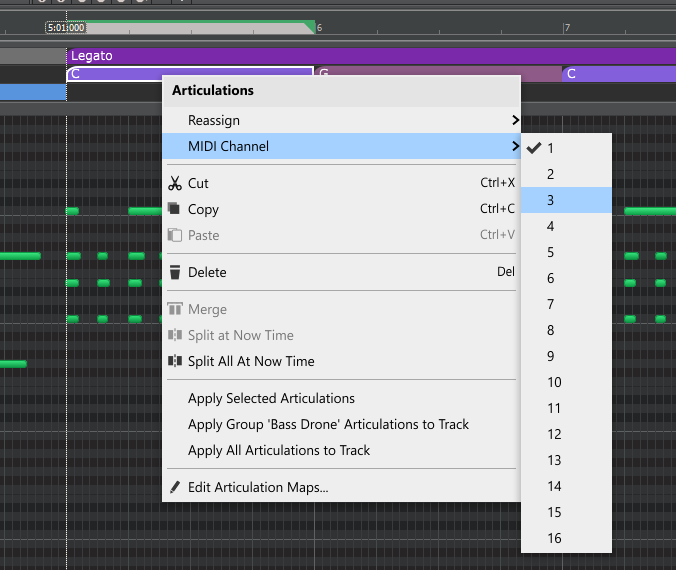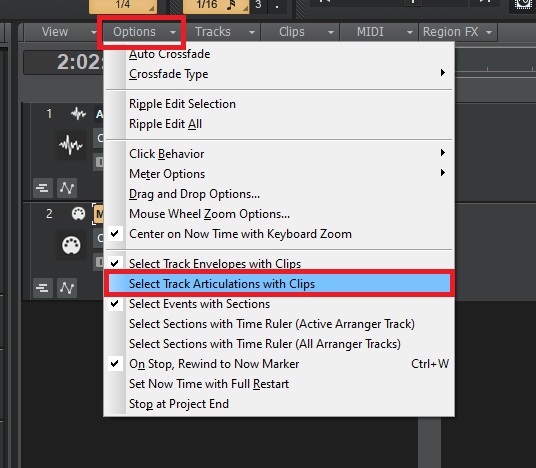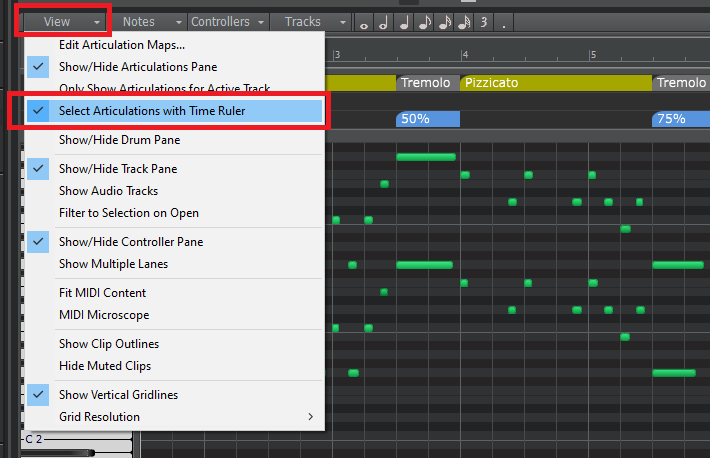-
Posts
7,120 -
Joined
-
Last visited
-
Days Won
39
Everything posted by msmcleod
-
I'm not sure tbh - the reason I used it with JBridge was because I was getting clips & pops on even the highest buffer settings. Switching to JBridge allowed me to run at a buffer of 64 (and on small projects, 32). So latency was negligible. If JBridge introduced any further latency, it would be in the scale of microseconds rather than milliseconds.
-
You can do this already using JBridge by clicking the "Use JBridge Wrapper" in the plugin options (assuming you have JBridge of course) I do this for the UJAM Virtual Guitarist series.
-
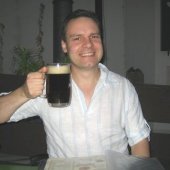
MIDI issue: Patch change does not send MSB
msmcleod replied to MainMix's topic in Cakewalk by BandLab
I understand the problem, but if I perform exactly the same steps as you have, MIDIOX always shows both MSB & LSB being sent when the Bank Select method is set to "Normal". You could try forcing the method to always use normal by adding the following to your .ins file: -
Manually copying/pasting DLL's around is likely to cause issues with upgrades. I suggest you change the locations within Native Access itself so that things are installed to the required location: Alternatively, just add the default Native Instrument path to your VST path within CbB's VST Settings:
- 13 replies
-
- 1
-

-
- virtual instrument
- synth rack
-
(and 2 more)
Tagged with:
-
When using either BitBridge or JBridge, the 32 bit plugin is run in a completely separate process. As this is outside of CbB's internal engine, it won't be included in its performance measurements for the engine, or indeed "Overall App Performance". It will however be included in "System Performance"
-

MIDI issue: Patch change does not send MSB
msmcleod replied to MainMix's topic in Cakewalk by BandLab
I'm not seeing this issue, either with setting the bank/program in the inspector, or by using the patch browser. In both cases, both MSB & LSB, plus the program change are being sent: I take it you have definitely set the MIDI Output channel in the inspector? As the instrument file mapping is per output device/channel, you need to set the channel output - leaving it as none will mean nothing gets sent out: -
FWIW... The MIDI standard specifies that any Note On message with a velocity of 0 should be treated as a Note Off. The main reason for this is a thing called "running status". Normally, a note MIDI message consists of three bytes: Byte 1: Note On Command/MIDI Channel Byte 2: Key number Byte 3: Velocity All command messages have a value > 127, so any receiving equipment can tell the difference between a command and a parameter ( because parameter values are always less than 128 ). Once you've sent the first note on message, as long as all subsequent notes are on the same channel you can skip sending the command and just send the key & velocity. Having velocity 0 being the same as Note Off means you can effectively send both Note On and Note Off messages in this way. So if you're just playing notes on the same channel, this reduces the data being sent by 1/3rd. This is particularly useful for controller keyboards sending notes out on a single channel over a standard MIDI cable at 31.25Kbits, or older equipment with small buffers receiving the data.
-

MIDI issue: Patch change does not send MSB
msmcleod replied to MainMix's topic in Cakewalk by BandLab
can you post a copy of your ins file? I had a similar issue with the Yamaha XG ins file, and a small edit to the ins file sorted it. -
Don't uninstall SONAR X1 though... you'll want to keep all the freebies that came with it. Just install Cakewalk alongside it.
-

Changing Tempo jumbles audio - absolutely SOLVED
msmcleod replied to John Vere's topic in Cakewalk by BandLab
Are you sure it's not related to musical vs absolute time? For example, say my project is at 120bpm and my clip is at measure 5, but set to absolute time ( 8 seconds in ) Changing the tempo to 240bpm, means my clip STILL plays at 8 seconds in, but on the time rule it's now at measure 9. -

Improving creativity with Articulation Maps
msmcleod replied to Steve Harder's topic in Cakewalk by BandLab
Cubase actually has this functionality - they call it "Remotes". It basically allows you to map any MIDI key to any articulation note (regardless of what the real articulation is). We deliberately left this out for the time being as: 1. Part of the point of having articulations is that you don't have to play them in real time; and 2. There were other complexities involved, and we didn't want the scope to creep. There is another complexity in that you don't have an articulation lane until you've added an articulation from a map... So in addition to supporting re-mapping real-time MIDI input to articulations, we'd also need to provide a way of choosing an articulation group up-front before you start recording. Of course all this is possible... it's just a matter of time, resource & priorities. However, in the next update you will be able to extract articulations from an existing MIDI data. So if you've recorded your articulations in real-time (or you've got an older project with your key-switches in the main MIDI clip), you'll be able to convert them to articulations. -

Butting Audio clips together (not crossfading)
msmcleod replied to Patrick Azzarello's question in Q&A
-
Set up a temporary new arranger track with a 1 or 2 bar section at the end of verse 1, then create a new arrangement with the new section leading into chrs 3. You can have as many arrangements as you want, and it's easy enough to switch between them. You can then either delete the new arranger track afterwards, or hide it if you need to go back to it.
-

Changing Tempo jumbles audio - absolutely SOLVED
msmcleod replied to John Vere's topic in Cakewalk by BandLab
Are some of your audio clips set to musical time, when they should be absolute (or the other way around) ? -
If they're not selected they won't be moved. Make sure you've got the correct selection options you require checked in the Track View options menu:
-

Unable to register TTS-1.dll and other dll's (RegSvr32 failed)
msmcleod replied to SalAbb's topic in Cakewalk by BandLab
Are these 32 bit DLL's or the 64 bit versions? -
You've probably got MIDI output enabled on your synths. You can change the default by going to the insert synth options page and uncheck "Enable MIDI Output". For existing synths, go to the VST menu at the top of the synth properties page, and disable MIDI output. However, if you really do need MIDI output on a synth, you'll need to use a specific MIDI input on your other tracks, rather than Omni, None, or All Inputs, e.g.:
-
IIRC, you had to "claim" your free version of CA-2A at the time. Once you did, it appeared in the Cakewalk Command Center as a licensed product. Any time I've had to re-install mine, I've done it via the CCC.
-
It depends on the software. There's three things iLok enabled software can offer: 1. License to iLok dongle 2. License to PC 3. License to iLok Cloud Session All iLok plugins do 1., some allow 2 and/or 3. The other thing about iLok plugins is the number of activations they offer. I'd prefer 3 activations per plugin... most offer 2, but some only offer 1 activation. I've got an iLok in the studio, one in my office, and a laptop with no iLok. I want to be able to buy the software ONCE then activate it to my 2 iLoks and also my laptop. Software that only offers 1 activation requires me to buy several copies of the same plugin. So if you've more than one machine, keep this in mind. I was pretty much anti-iLok before I got one. Now I wish everything was on there. If you've ever had to do a system rebuild, going through installing 500 plugins and authorising them is a prize PITA if you have to enter license codes for each one. With iLok you just plug it in. One thing to note tho - if you DO rebuild your system, make sure you deactivate your licenses first... else you'll lose them and end up having to scrounge them back from each plugin developer afterwards.
-
One of the things that has been bugging me about Chord Track discussions, is the existing chord events that have been there for decades in Cakewalk/SONAR (used in the staff / fred board view), Meter/Keys, and the Marker pitch (with respect to Groove clips). So if you take an existing audio (or MIDI) clip and make it a groove clip, you can already use Pitch markers to transpose the clips in real-time at various points in the time-line. For a lot of people, this might be all they want from chord track (but obviously looking more like arranger sections rather than markers!) Obviously this is very simplistic compared to a full-blown chord track, but what I am interested in is everybody's expectations as to how integrated a new chord track should be with the existing features. Do you think they should be completely separate to the chord track, or should they be aware of each other somehow?
-

Option to turn off Articulation Maps in Paste Special
msmcleod replied to Michael Warren's topic in Cakewalk by BandLab
That I don't know yet I'm afraid. -

Option to turn off Articulation Maps in Paste Special
msmcleod replied to Michael Warren's topic in Cakewalk by BandLab
Articulations are treated in the same way as any other MIDI event - unlike Tempo's, Arranger sections, Markers etc, which are separate entities altogether. So the trick is not to have the articulations selected in the first place. There are a couple of options to prevent articulations getting selected: 1. In the Clips View: 2. In the PRV: Unchecking these should stop articulations getting selected. Note - there's a known issue with lasso select in the clips view always selecting articulations. This has been fixed and will be available in the next update. -

Is it just me or does this version of Cakewalk faster?
msmcleod replied to Craig Reeves's topic in Cakewalk by BandLab
If you're using plugins that have a huge amount of parameters (e.g. TH3 or Scheps Omni Channel), this can cause this. We're aware of the issue, and are looking at solutions.


